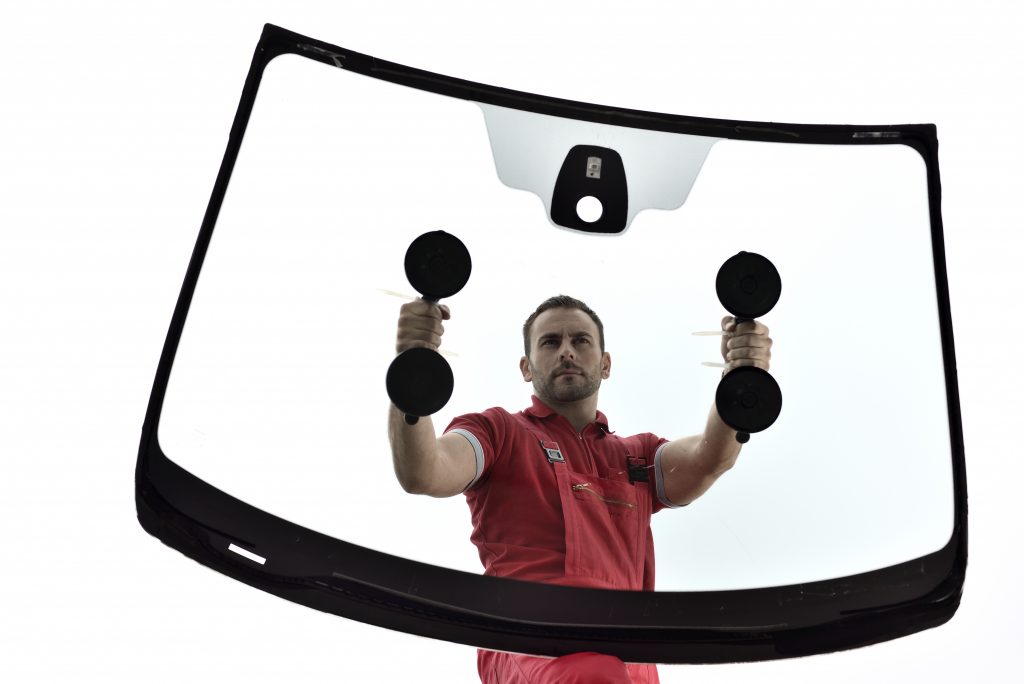Is your vehicle one of the many thousands on the road that is equipped with ADAS (Advanced Driver Assistance System)? If so, the system relies on a series of cameras and sensors located at various points around the vehicle, which act as part of the vehicle’s safety system. These devices are there for the protection of you and your passengers, your car, and any other road users, and they have been in development for many years. ADAS can be viewed as a step on the road towards the development of self-driving (autonomous) vehicles. Going forwards, it will be increasingly common for vehicles to be fitted with some form of driver assistance, and these systems will get more sophisticated (and all-encompassing) as time goes by.
What does ADAS do?
Among the many functions of these driver assistance systems are; collision avoidance to help with parking and manoeuvring, automatic braking to safeguard pedestrians and other road users, lane centring guidance systems to warn you if you are wandering out of a traffic lane and sensors to switch lights and windscreen wipers on or off depending upon weather and road conditions. ADAS can be very effective indeed in improving both driver efficiency and road safety for all concerned.
ADAS and camera recalibration
However, one consequence of having ADAS is that if you ever need to have your windscreen totally replaced, you need to be aware that there may be an additional step in the process. Once a new windscreen has been installed in an ADAS-fitted vehicle, vehicle manufacturers generally specify that the cameras and sensors located around the windscreen area need to be recalibrated. Windscreen camera recalibration is a skilled function (after all, you are dealing with critical safety systems), and in addition to the skills, techniques and equipment needed for standard windscreen repair and replacement services, it requires specialist capabilities and technical equipment.
Dynamic -v- Static recalibration
There are two recalibration methods commonly used – dynamic and static, and each can take roughly one hour to complete. The vehicle manufacturer will define which of these types of calibration is required, and some vehicles will actually need both.
Dynamic recalibration involves driving the vehicle over a well-defined route at a certain speed, in order to recalibrate the entire camera system.
Static recalibration is carried out in the workshop, and uses a fixture with a static image, which is placed in front of the vehicle, for use during recalibration.

Will my car need recalibration?
When you book a windscreen replacement through a myWindscreen technician, they will let you know if recalibration will be required, and give an estimate of the time it will take, based on the make and model of the vehicle. It is important to us that you are aware that the process will take a bit longer than a standard windscreen replacement – we always want to avoid unpleasant surprises. The good news is that the windscreen replacement and the recalibration will be completed within one single session – you won’t need to bring your vehicle back a second time.
myWindscreen has recalibration experts
Your car’s safety systems are vitally important, so you need to put their care into the hands of someone who knows what they are doing – a member of the myWindscreen network. We have experienced windscreen technicians based all over the UK, who are trained and equipped to ensure your new windscreen is fitted correctly, and that all those valuable safety systems are working exactly as they should, before you take your vehicle back out on to the road.



